2011 Saab 9-4X Review
Ten months before the Saab 9-4X was supposed to start production in 2009, General Motors announced that the Swedish brand was for sale and the 9-4X was on hold. Dust settled atop the luxury midsize vehicle’s assembly tools for more than two years until the Netherlands’ Spyker Cars became the Swedish-born company’s new owner in early 2010. Finally, just a few days ago, a few journalists had seat time in the 9-4X.
FAST FACTS
| 1. MSRP for the Saab 9-4X starts at $33,380 for the front drive 3.0L V6 and tops out at $48,010 for AWD 9-4X Aero with A 2.8L turbocharged V6. |
| 2. More than 900 units have been pre-ordered by North American Saab dealers. The 9-4X is built in Ramos, Mexico. |
| 3. Estimated fuel economy for the front wheel drive version is 18/25-mpg (city/hwy) and 15/22-mpg for models equipped with AWD. |
The 165-mile driving route started in Washington D.C. and featured a trek through Virginia’s vineyard countryside on two-lane roads flush with tightly knitted S-curves and rolling hills. Such terrain can prompt an ill-tempered vehicle to lane drift, seemingly disconnecting the driver from the road. But that didn’t happen with the 9-4X. With responsive car-like handling, the crossover’s driving dynamics in sport mode provided a slightly untamed ride without harshness hammering through the driver’s seat.
Saab opted to provide journalists with ride and drive time solely in the 9-4X Aero, the uplevel trim exclusively dressed with all-wheel drive. The Aero is powered by a 2.8-liter turbocharged V6 that produces 300 horsepower at 5500 rpm and 295 lbs-ft of torque between 2000 and 5000 rpm. The base 9-4X—whether two-wheel drive or all-wheel drive—is powered by a 3.0-liter naturally aspirated V6 that generates 265 horsepower at 6950 rpm and 223 lbs-ft of torque at 5100 rpm. Both engines mate to a six-speed automatic transmission.
The turbo-boosted engine handles accelerator demands with no perceivable power lag, and the transmission takes both upshift and downshift transitions with unwavering smoothness during expressway driving and while navigating excessively crooked rural roads. Even when the crossover is traversing across hilly landscape, the transmission doesn’t resort to a ‘gearshift-happy’ mode.
CROSSING INTO NEW TERRITORY
As Saab’s first crossover, the 9-4X reaches North American dealerships this June amid a crowded market that includes the Lexus RX 350, Audi Q5, Infiniti EX35, and Cadillac SRX. While the SRX (which has been on the market since the 2009 calendar year) and the Saab 9-4X share the same underbody and interfaces to the chassis, the 9-4X has its own persona and unique exterior body panels.
A truly impressive 9-4X attribute is its exceptionally quiet cabin. No squeaks, howls or whining noises. Even with the sunroof open, a mesh netting that juts above the roofline sufficiently suffocates whistling wind noise.
The 9-4X’s interior presentation is fairly straightforward, so the driver isn’t fumbling with numerous buttons and knobs to accomplish the desired task. While turn dials are appropriately sized, many dashboard buttons are small making it rather difficult to make a direct button-hit. Green gauge pointers and joystick vent adjusters remain as Saab design cues, but the floor console’s ignition key is gone—replaced by a start/stop button that’s adjacent to the shift lever.
Front and rear seat passengers will find ample legroom and headroom as well as adequate cargo space. With the rear seat in the upright position, there is 17.1 cubic feet of space. Folding down the 60/40 split rear seatbacks provides a flat floor that kicks up the cargo volume to 61.2 cubic feet.
An under-floor trunk compartment can be locked into a vertical open position so that the upright panel’s built-in hooks can keep plastic shopping bags from spilling groceries. It’s a clever concept, but the mechanism that keeps the panel upright needs careful attention when disengaging it. This could be problematic for utility vehicle users who thrive on functionality and long-lasing durability.
MEETING NEEDS AND WANTS
The standard equipment list for 9-4X includes 18-inch wheels, cruise control, keyless entry with start-stop button, steering wheel with audio/phone controls as well as a dashboard-located night panel button that switches off instrument cluster and infotainment illumination—except for the speedometer pointer.
9-4X Aero adds several more standard features, including 20-inch turbine alloy wheels, DriveSense real-time damping control with a default ‘comfort’ setting as well as ‘sport’ mode and ‘eco’ fuel economy settings, infotainment/navigation, and adjustable pedals. The 20-inch, nine-spoke wheels pumped up the visual appeal quotient while the DriveSense, infotainment/navigation, and adjustable pedals enhanced the test drive experience.
The athletic 9-4X provides the driver with generous sight lines that are essentially unhindered by A, B or C pillar obstruction. Aero’s rear view camera, part of the standard fare list, adds another layer to the driver’s safety-orientated resources while the eight-way electronically powered seat enables the driver (and front passenger) to adjust for individual riding comfort.
THE VERDICT
It’s been a long wait for the 9-4X, a crossover that aspires to broaden the Saab brand’s appeal. The vehicle has a lot going for it—a distinctive look, an astonishingly quiet interior as well as sporty ride and handling characteristics. Yet the biggest obstacles to the vehicle’s potential success will be attracting buyers from an array of established players in the midsize luxury crossover segment and surviving the automaker’s ongoing cash problems. Saab hasn’t been cruising on easy street, but the 9-4X could be the x-factor that changes negatives into positives.
RELATED READING
2010 Volvo XC60 First Drive
2010 Cadillac SRX Luxury AWD Review
2010 Lexus RX350 Review
2009 Audi Q5: First Drive
2010 Infiniti EX35 Journey AWD Review
LOVE IT
- Quiet interior
- Silky smooth transmission
- Unique design, particularly the propeller-styled 20-inch wheels
LEAVE IT
- Cargo floor panel’s flimsy upright support mechanism
- Small-sized dashboard buttons
- Uncertainty about Saab’s future
More by Lee Kasper

















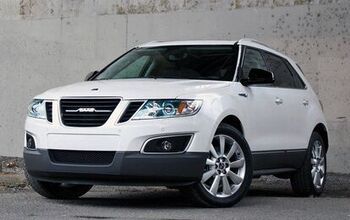


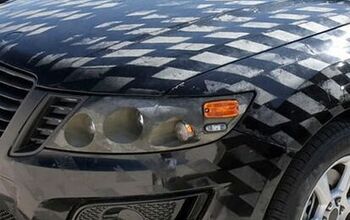
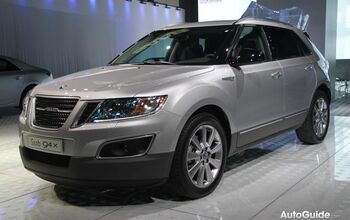
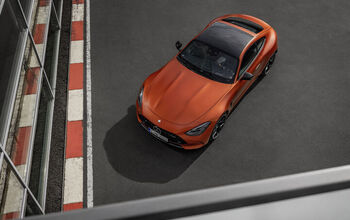
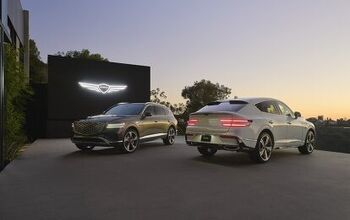


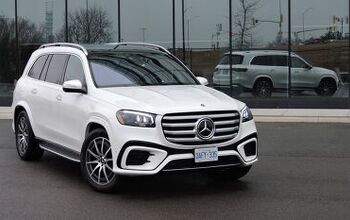
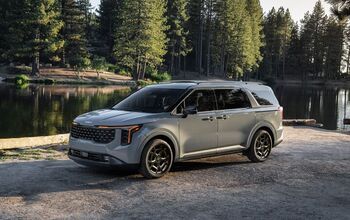


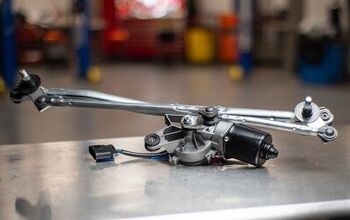
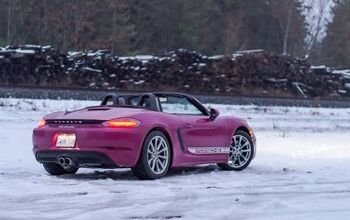
Comments
Join the conversation